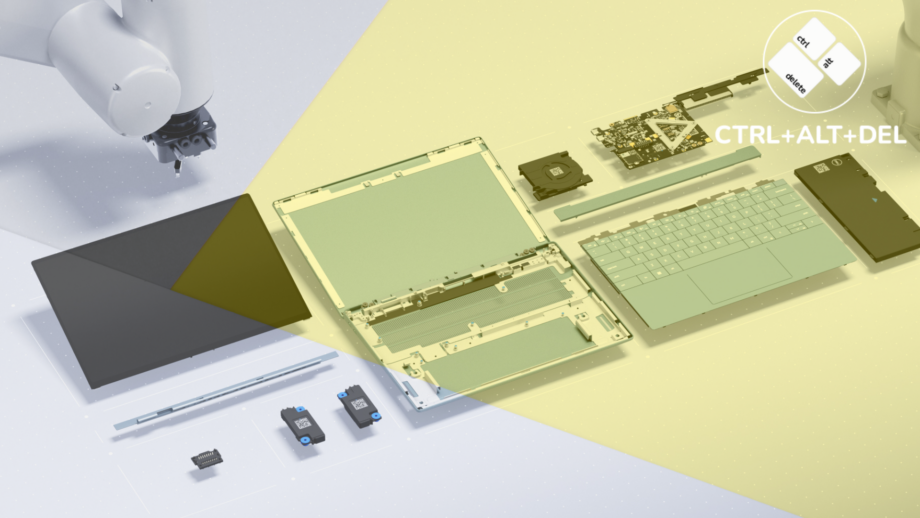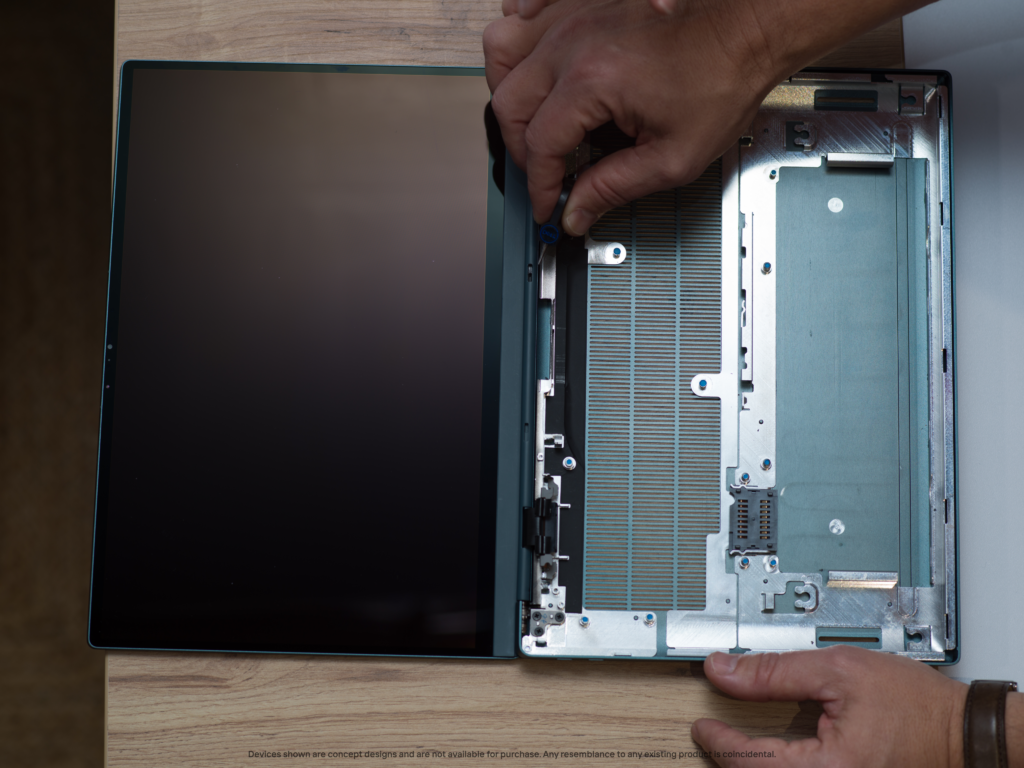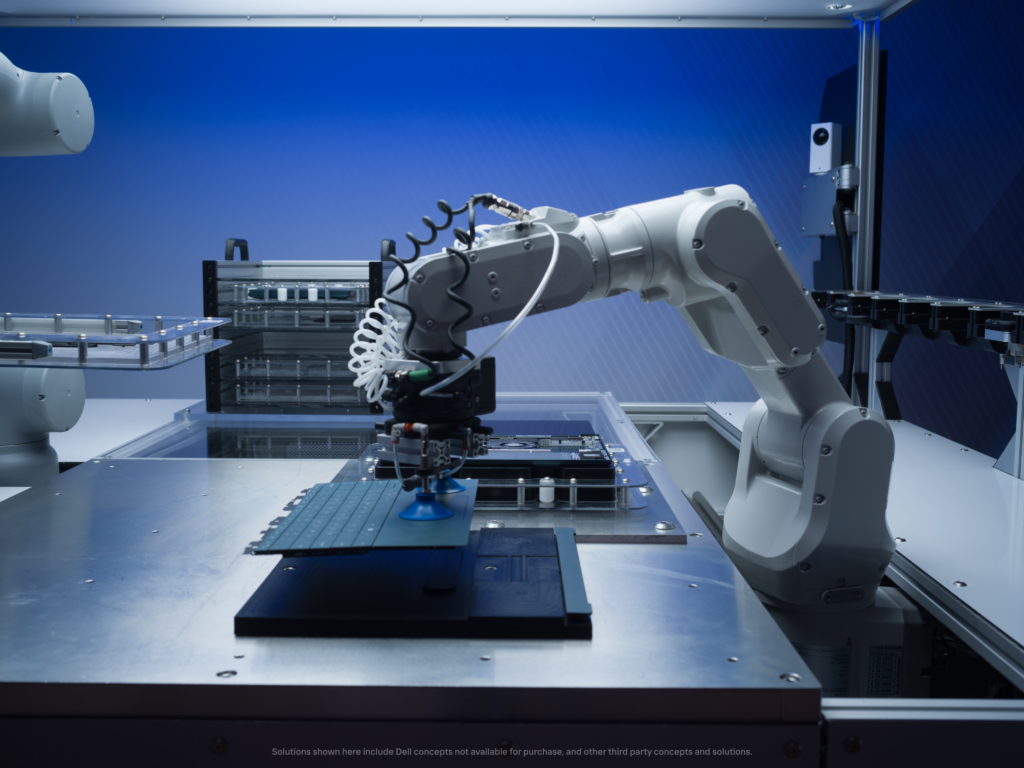Ctrl+Alt+Delete: Dell is setting a high bar for laptop sustainability

OPINION: Sustainability has taken a back seat to innovation when it comes to laptops in recent times. We’ve seen laptops with dual screens, foldable displays and extremely powerful components. But I haven’t seen many laptops with sustainability as its chief concern.
The Acer Vero laptop series deserves a mention, made up of 30% PCR materials and using ocean-bound plastic for the trackpad. It even comes in packaging that’s made of up to 90% recycled paper. It’s an incredible accomplishment from Acer, but a single laptop range isn’t going to make seismic changes to the entire laptop industry.
This is why I was so intrigued by Dell’s Concept Luna. Earlier this month, Dell flew me out to New York in order to take a closer look at its newly refined sustainability project.
While Dell previously revealed Concept Luna during CES 2022 back in January, Dell revealed to me that it’s made several improvements to it since.
It showed me a fully functional laptop that didn’t use any adhesives or cables, and a minimal number of screws. Remarkably, Dell was able to simply hit a switch and then tug away all of the laptop’s parts with minimal effort. The keyboard simply slipped off the front, and then the Dell engineer was able to simply tug at the motherboard, battery and screen panel, without requiring any tools.

The Dell technician was able to completely disassemble the laptop in under a minute – this would normally take over an hour with a typical laptop, and would require an expert to do so. With Concept Luna, a person with no knowledge of computing hardware would still be able to take out the motherboard or battery with little issue.
This sounds too good to be true, and yet Dell was able to put the laptop back together and then turn it on. It booted up without a problem, sending my jaw down to the floor in awe.
But how does this help with sustainability? Dell hopes that by simplifying the disassembly process, it could encourage people to get their laptop repaired instead of replacing it with a new model.
Dell even showed me a robot that was able to disassemble (and re-assemble) a laptop in a matter of minutes. Build this at a large scale, and Dell would be able to increase the speed at which it can repair laptops and send them back to the user.

It would also ensure that perfectly good components won’t go to waste. If a motherboard is faulty in a laptop, it shouldn’t mean that the keyboard, screen panel and battery should go to waste too. By recycling these parts, Dell would reduce the need for new, raw materials.
After seeing a working prototype in the flesh, Luna seems to be more than just a concept despite Dell’s assertions. So I asked a Dell technician why Luna laptops aren’t already available on the market.
He told me that Dell still needs to make refinements to the laptop’s specs, making sure that the processor and screen meet the high standard expected from customers. There’s little point in releasing a sustainable laptop if it has worse quality than competitors on the market, including Dell’s own existing XPS series.
As a result, there’s no confirmed release date for a Concept Luna laptop, and there’s no guarantee it will ever see the light of day. But after seeing what Dell has already achieved, I’m confident that we’ll eventually see a release in the next few years.
It’s this kind of sustainability project that gets me really excited about the future of laptops. Sure, it’s great to see innovative laptops such as the Asus ZenBook 17 Fold OLED, but few devices offer the seismic potential of Dell’s Concept Luna. If embraced by the public it could significantly reduce the amount of electronic waste we see every year and improve the world we live in by doing so.
Ctrl+Alt+Delete is our weekly computing-focussed opinion column where we delve deeper into the world of computers, laptops, components, peripherals and more. Find it on Trusted Reviews every Saturday afternoon.








